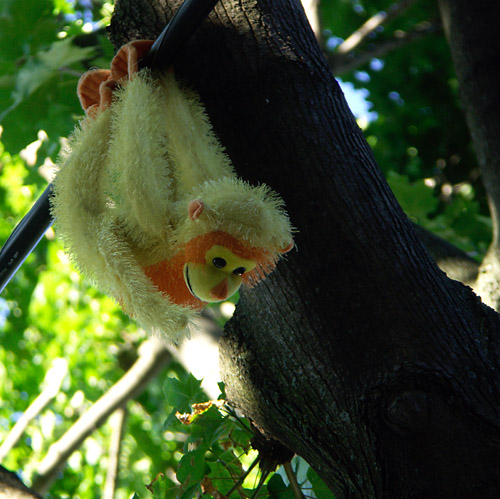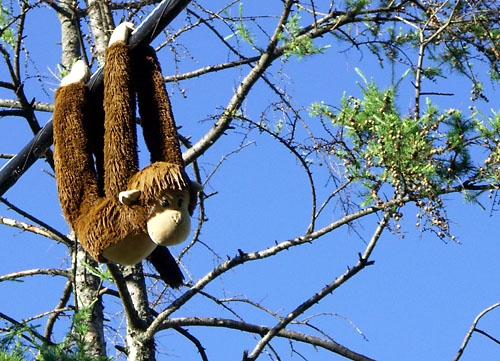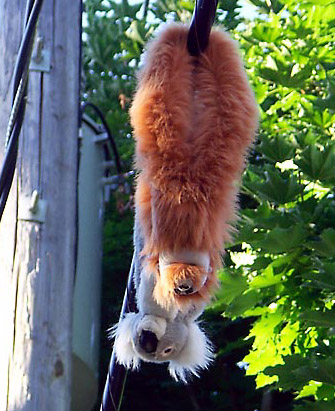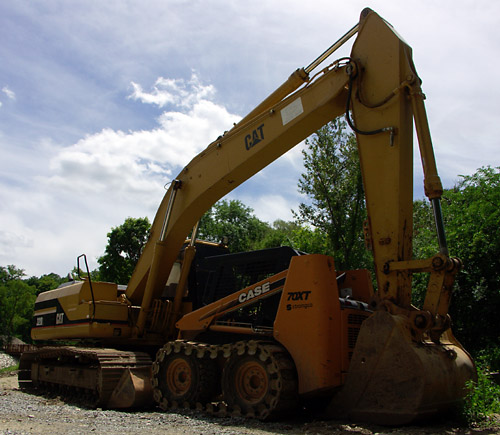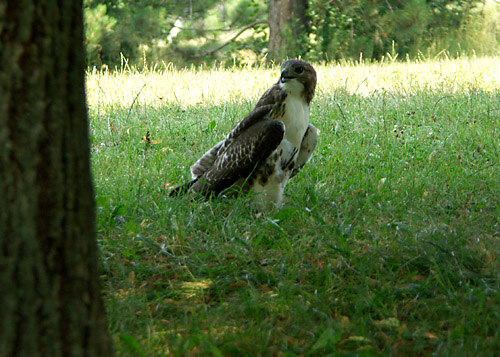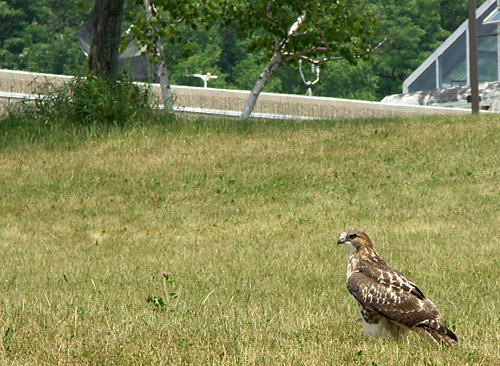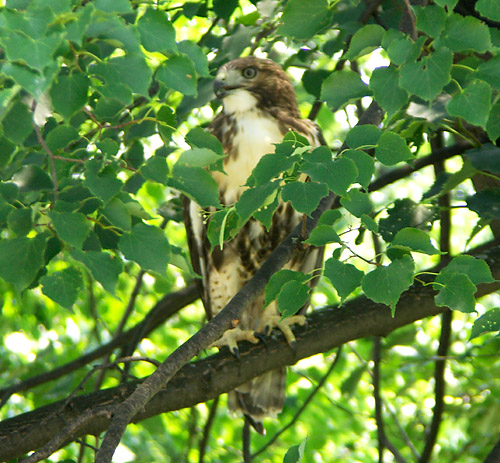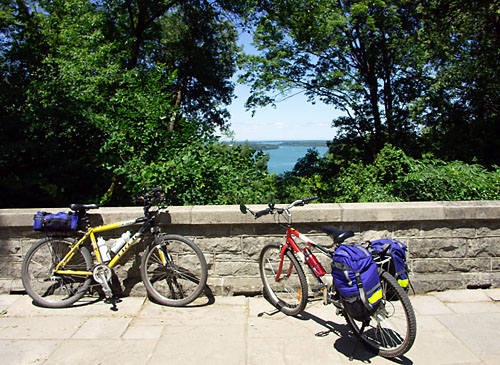
Risa and I rode the inaugural Bike Train to Niagara Falls yesterday. We joined dozens of passengers in loading our bikes into the baggage car for the regularly-scheduled Saturday morning train from Union Station. Some, like us, were just tootling around town for the day. Others were staying for a night or two, heading into the U.S., or cycling all the way back to Toronto.
Two hours after we got underway, following a relaxing train ride through the Golden Horseshoe, we arrived fresh and ready for an afternoon of cycling around Niagara. We had a picnic lunch, rode along the Niagara Parkway to Queenston Heights, took a tour at the Sir Adam Beck Generating Station, and generally lazed about for the day.
The train ride back home was just as relaxing as the ride there. Both stood in stark contrast to the average frustrating summertime Saturday drive down the QEW.
There was no shortage of enthusiasm yesterday, with several of our fellow travellers lining up to take pictures of their bikes being loaded onto the train. It’s actually a bit of a sad commentary on the state of our transportation systems when so many people can be so excited about something as simple as taking your bike somewhere without a car.
For anyone considering taking the Bike Train, I’d really recommend that you stay somewhere in Niagara Region overnight or longer. We had commitments for Sunday and couldn’t stay for the weekend, but still wanted to show our support for the service by heading out for the day. Too many bike-friendly services have come and gone over the years without my getting a chance to use them even once. So with this year’s announcement of the Bike Train, I’ve decided to support as many as I can while they’re still around. With any luck, the Bike Train will avoid the fate of everything from the Rochester ferry to BikeShare, all fallen victim to my inability to purchase tickets or memberships in a timely manner.
And yes, I’m still planning to make good on my threat to ride home from Niagara Falls after another Bike Train adventure later this summer.
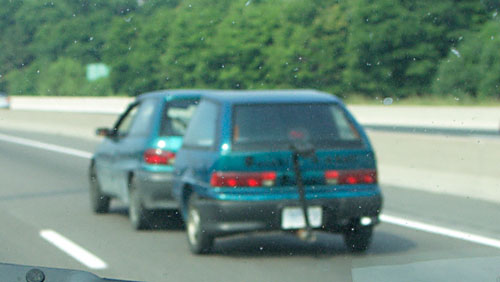
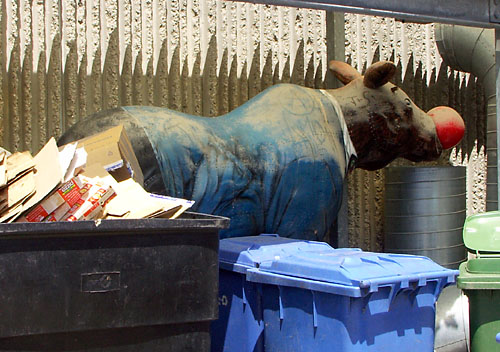
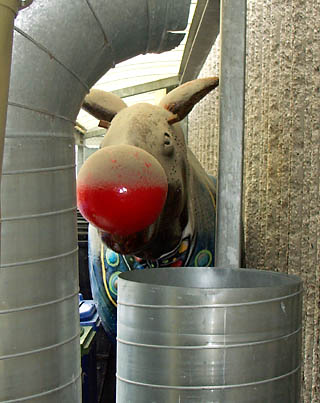 Most of the moose had disappeared by the end of the year, but a few can still be found on display around the city. I recently stumbled upon this poor fellow behind the
Most of the moose had disappeared by the end of the year, but a few can still be found on display around the city. I recently stumbled upon this poor fellow behind the 

